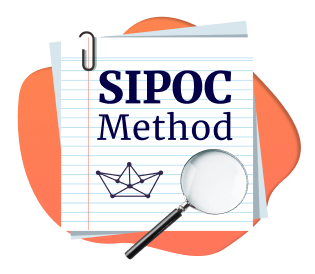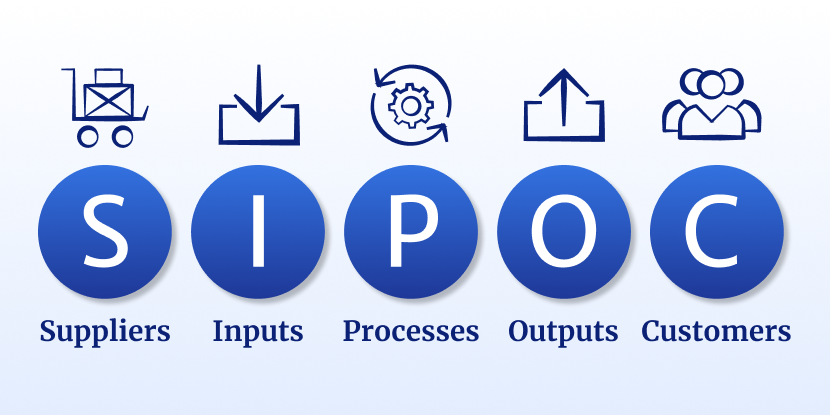Well done, everything is ready to sail!
You can access your SIPOC Template at any time
How can the SIPOC
Template help?
Stand out and make a difference in the new ultra-competitive markets with this free SIPOC template.
The SIPOC model, a powerful tool for identifying and resolving process-related issues in companies, offers significant advantages. Specifically, organizations can optimize their operations, minimize costs, and enhance customer satisfaction by diligently examining the SIPOC (Suppliers, Inputs, Processes, Outputs, and Customers) of a particular process.
Rooted in the Six Sigma methodology, the SIPOC model has gained widespread adoption throughout various industries and sectors. By embracing this model, companies can attain superior product and service quality, effectively eliminate wastage, and ultimately boost their financial performance.








